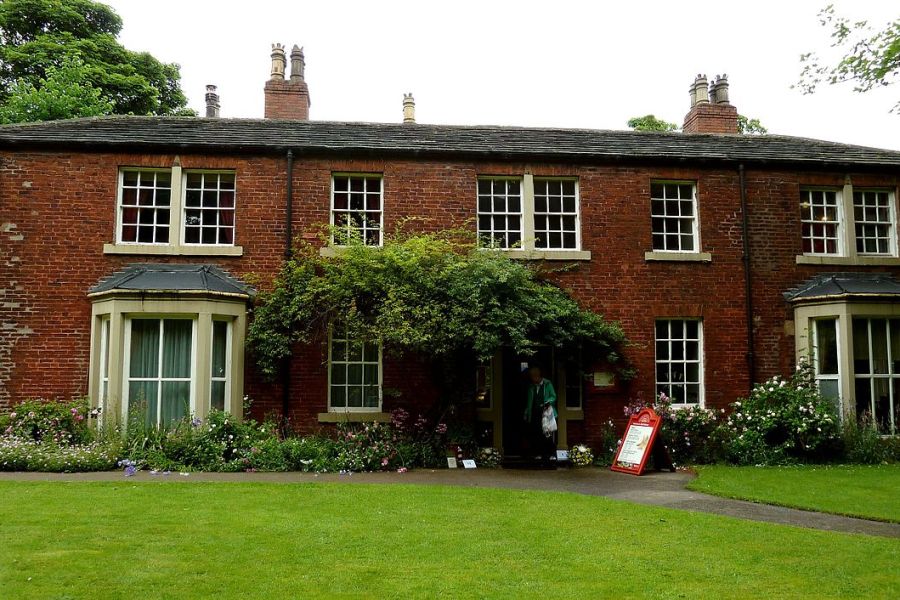So frequent are the distress signals coming from regional museums across the UK that it seems reasonable to declare that this part of our museum network is in crisis. The most recent story involved the leader of Kirklees Council in Yorkshire musing on Twitter about whether to flog off an important early work by Francis Bacon in order to top up the council’s social care budget. The idea was swiftly scotched when it became clear that the Contemporary Art Society had donated the painting to a local museum in the 1950s on the condition that it would not be subject to future disposal.
That story made national headlines. So too, over the past year, has the ‘mothballing’ of five museums by Lancashire County Council, including the Judges’ Lodgings Museum with its important collection of Gillows furniture; Walsall Council’s threatened closure of the town’s New Art Gallery, which opened only in 2000 and draws around 200,000 visitors a year; and, back in Kirklees, the closure of council-run Dewsbury Museum and the Red House in Gomersal, with the Tolson Museum in Huddersfield also under threat. Elsewhere, more museums have been shut down and many local authorities have either severely reduced the funding for the collections and heritage sites in their stewardship or have warned that they will be forced to do so this year.
It is sad but inevitable that, faced with shrunken budgets, local authorities see museums as a low priority when it comes to the allocation of resources – and may even consider them to be saleable assets, the disposal of which could help balance the books. After all, museum provision is not among those statutory duties required of councils by parliamentary act (which include, inter alia, libraries, cemeteries, and social care). As spending on local government continues to fall, we should expect more depressing news about vulnerable or vacated museums in the year ahead.
It is to be hoped that the Review of Museums in England, conducted by the Department for Culture, Media and Sport and due for publication this summer, will contain realistic recommendations to prevent sell-offs and closures. Given how abrupt the timetable can be for the restructuring or closure of local authority museums, steps need to be taken to better identify the early warning signs and to allow sufficient time for the development of practical (and sustainable) proposals to transfer such places into a trust or community management scheme.
One problem faced by many local authority museums is that they have little operating independence from the councils that oversee them. At the level of promoting their collections and programmes, this means being held hostage to dutiful websites more suited to giving residents information about rubbish collection in their area than to showing off the significant artworks in a local museum. At the level of diversifying their revenue streams, it means limited prospects for developing distinctive museum shops and cafes, or local patron schemes – the type of thing the Arts Council’s resilience fund enables, in other words, but on a larger scale. We need to encourage local authorities to see museums as tomorrow’s opportunities rather than today’s burdens.
If that sounds idealistic, then there must also be realism. Not all museums need to last forever: it is right to be pragmatic about how changing circumstances, such as the altered uses of urban space or the diminished relevance of certain types of collection, might mean that the perpetuation of some museums in their current formats is no longer sustainable. Museums were not made to become monuments to themselves. Let us admit that there may be grounds for the relocation of a collection to a new venue in the same region where it will attract more visitors, or for the consolidation of different collections for the same reason. But these should be strategic decisions, not salvage efforts.
And those of us who have the shows of London on our doorstep need to make more effort to look beyond them. To visit more regional museums, and become familiar with their collections, their displays and their architecture. To celebrate their idiosyncrasies. To enjoy what they have to offer and think about what else they could provide.
From the February 2017 issue of Apollo. Preview and subscribe here.
Lead image: used under Creative Commons licence (CC BY-SA 4.0)
